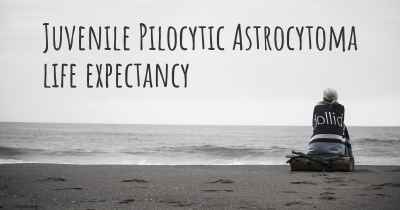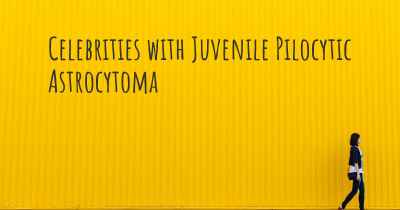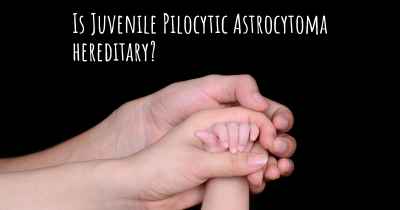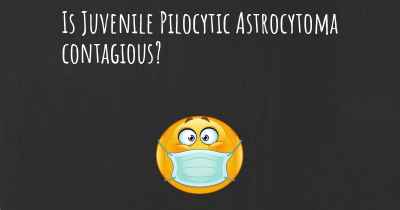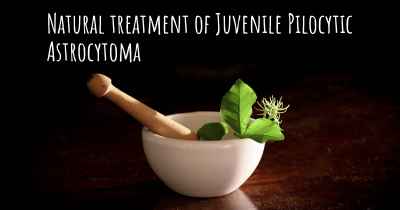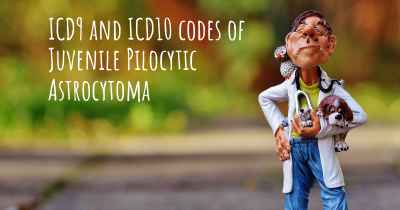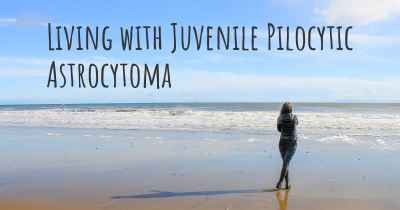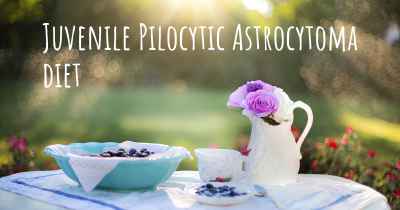What is the prevalence of Juvenile Pilocytic Astrocytoma?
How many people does Juvenile Pilocytic Astrocytoma affect? Does it have the same prevalence in men and women? And in the different countries?
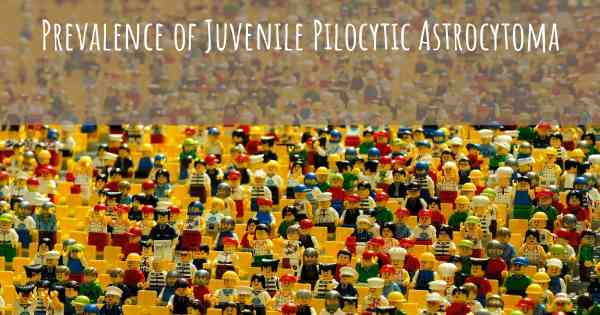
Juvenile Pilocytic Astrocytoma is a relatively common brain tumor in children and adolescents. It accounts for approximately 10-20% of all pediatric brain tumors. This type of tumor is typically benign and slow-growing, arising from astrocytes in the brain. Although it can occur at any age, it is most commonly diagnosed in children between the ages of 5 and 14. Juvenile Pilocytic Astrocytoma often presents with symptoms related to increased intracranial pressure, such as headaches and visual disturbances. Early detection and appropriate treatment can lead to favorable outcomes for affected individuals.
Juvenile Pilocytic Astrocytoma (JPA) is a relatively rare brain tumor that primarily affects children and young adults. It is classified as a low-grade glioma, which means it is generally less aggressive compared to other brain tumors. JPA is characterized by the presence of pilocytic astrocytes, which are a specific type of brain cell.
The prevalence of JPA varies depending on the population studied and the region. However, it is estimated to account for approximately 5-10% of all brain tumors in children. JPA is more commonly diagnosed in children aged 5-14 years, but it can occur at any age. It affects both males and females equally.
While JPA can develop in any part of the brain, it most commonly occurs in the cerebellum, which is responsible for motor coordination. Other common locations include the optic pathway, hypothalamus, and brainstem.
Symptoms of JPA can vary depending on the tumor's location and size. Common signs may include headaches, nausea, vomiting, vision problems, balance difficulties, seizures, and behavioral changes. Prompt diagnosis and treatment are crucial for managing JPA and minimizing potential complications.
Treatment options for JPA may include surgery, radiation therapy, and chemotherapy. The prognosis for JPA is generally favorable, with a high likelihood of long-term survival and potential for complete remission.
